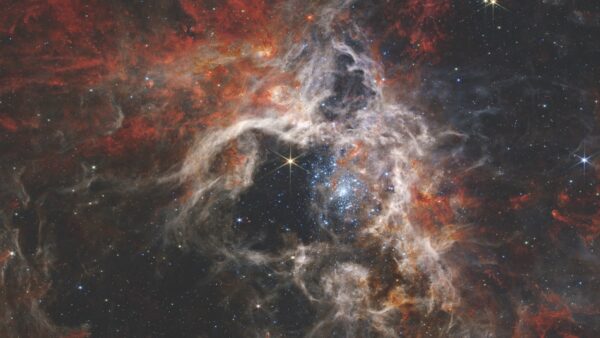If you are like me, you are eagerly checking the news each week to see what kind of new wondrous images or research results are being released by astronomers and astrophysicists working on data collected by the James Webb Space Telescope (JWST). What is the reason for this thrilling anticipation? Why are our minds so fascinated with learning more about the vast universe we are part of?
I believe that God has placed in our hearts an intrinsic desire for contemplation of what is at the limit of our knowledge (cf. Eccl. 3:11). However, we are also in awe because the JWST images reveal pristine realms, untouched and far removed from the worldly affairs of human dominions. They convey a sense of the overwhelming immensity of the universe and of the grandeur of its Creator, a God who is truly worthy of our worship. Finally, we are also interested in framing this wealth of new data within our biblical understanding of origins and creation.
In this issue of the Adventist Review several Seventh-day Adventist scientists share their thoughts on subjects at the interface of faith and science, related to the discoveries made through the James Webb Space Telescope. Their articles acknowledge the limitations of human understanding while relying on the trustworthiness of God’s Word. Together they aim to provide a starting platform for further reflection with an approach that is: (1) educational, seeking to familiarize readers with the basics of the most important objects of study and open questions being explored in this astrophysical pursuit; (2) expository, offering an overview of the standard cosmological model, its philosophical and theological implications, and ways that have been suggested to interface it with the biblical text; and (3) devotional, conveying the wonder and satisfaction derived from the God-given gift of being able to study and explore the cosmos.
Together with my colleagues at the Geoscience Research Institute (GRI) and the editors of Adventist Review, we hope that these articles may bring you closer to the One in whom “all things were created: things in heaven and on earth, visible and invisible” (Col. 1:16, NIV).



